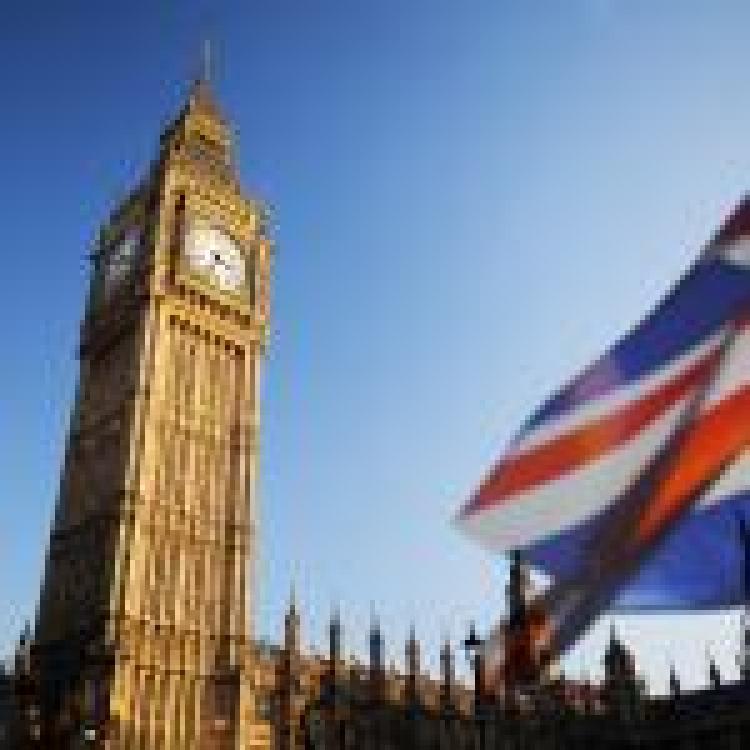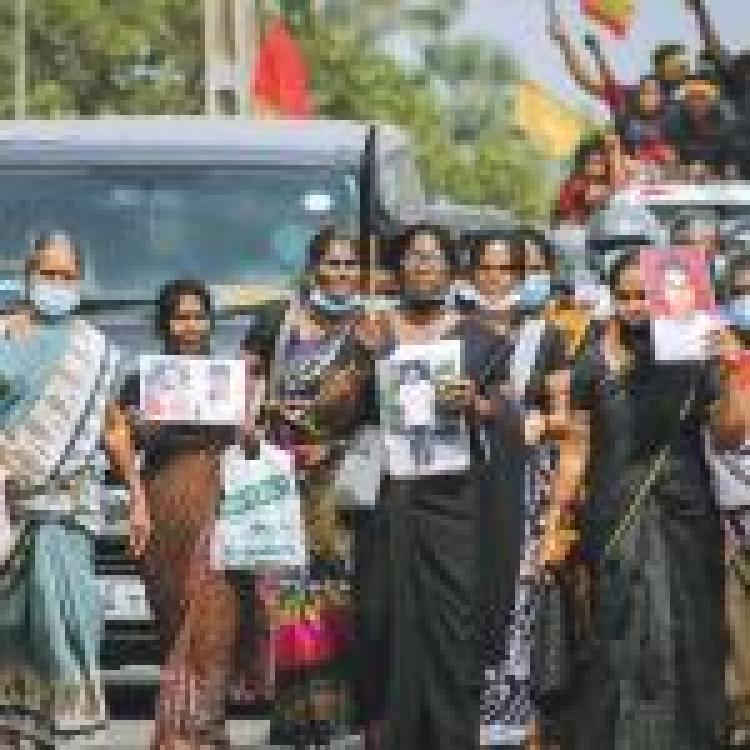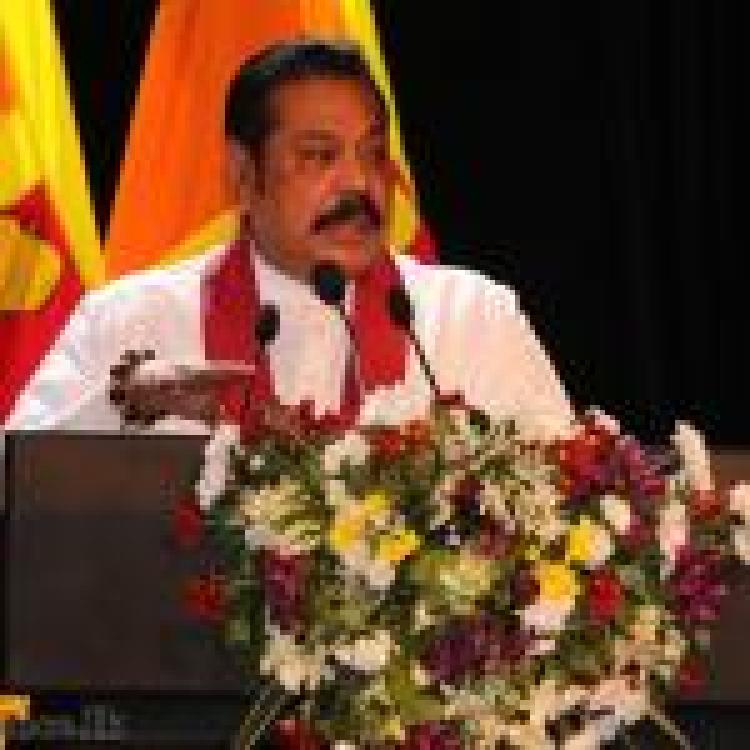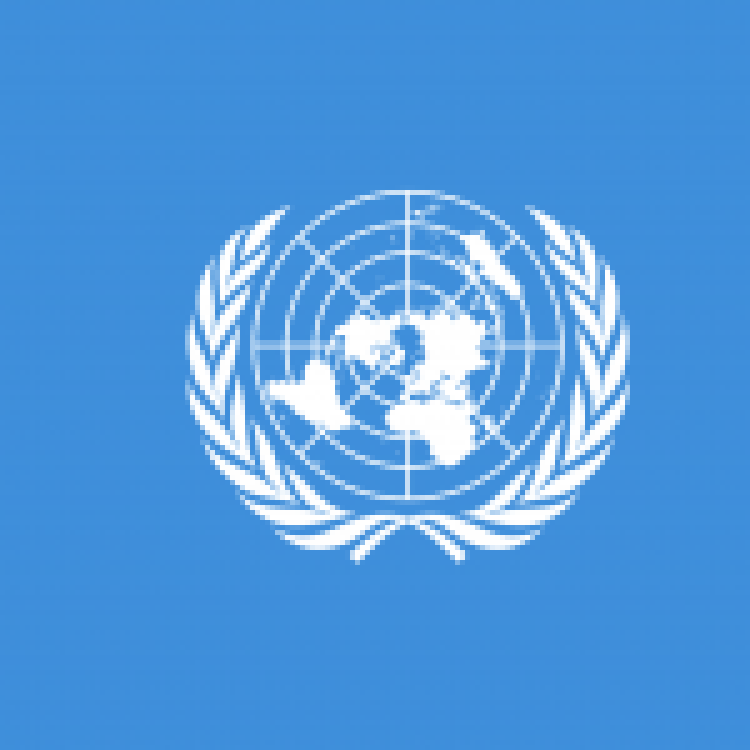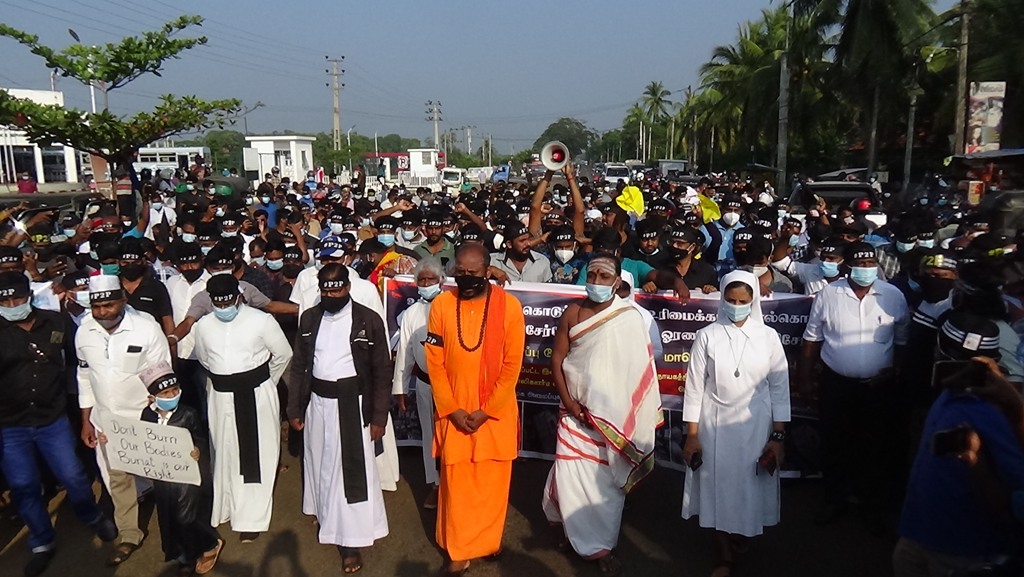
Writing in the Daily FT, Mario Arulthas, strategic advisor for People for Equality and Relief in Lanka (PEARL) and PhD student at SOAS University, reflects on the legacy of the P2P marches and notes that “the fundamental spirit […] echoes that of the first significant post-independence mass-mobilisation in 1956”.
The P2P protests which began on 3 February 2021, mobilised thousands of Tamils and Muslims in the North-East as they peacefully marched from Pottuvil in Amparai to Polikandy in Jaffna, two points delineating the furthest ends of the traditional Tamil homeland, in defiance of numerous court orders.
These protesters, Arulthas notes were “rooted in the recognition of Tamil nationhood and the Tamil homeland”, as well as “calling for international justice for the genocide and action against current violations by the State”.
The foundations of Tamil nationalism
Arulthas highlights that only eight years after Sri Lanka claimed independence, Sinhala mobs, led and encouraged by politicians, waged anti-Tamil programs follow peaceful Tamil demonstrations against the Sinhala Only Act.
The violence which began in Colombo spread to the Gal Oya colony where most of the Tamil deaths occurred. Following this massacre, Tamils in Jaffna, Batticaloa and villages across the North-East began their march to the Federal Party’s annual convention in Trincomalee.
It was here that the Federal Party declared its resolve to “embark on a civil disobedience campaign if its demands for Tamil autonomy, language rights, a halt to Sinhala colonisation in the north-east and the repeal of citizenship laws affecting Up-Country Tamils were not met”.
In this vein, “Tamil nationalism evolved as a protective mechanism, a bulwark against Sinhala Buddhist nation-building activities, which from the very beginning acted with genocidal determination to destroy the Tamil nation as a collective – first through legislation, then through violence”.
Arulthas notes that throughout Sri Lanka’s history, “the most consistent form of resistance to the abuses of the State has come from Tamils”.
It is hence “in the interest of those who want to see a pluralist democracy to engage with Tamil nationalism as an essential component in the reform project”.
“A new era of bold, direct action”
Commenting on the P2P protests, Arulthas notes that despite the brief respite provided by Sri Lanka’s previous administration, “a traumatised people struggled to resist with the same vigour as in the past”.
These marches, Arulthas notes, marks “a new era of bold, direct action”.
“Fuelled by frustrations at the absolute futility of international expectations that Sri Lanka will be able to reform itself, this strengthened, global Tamil confidence, will find new ways to take on the state through non-violent measures”, Arulthas states.
Arulthas also highlights, Muslim participation in the protests, “a direct consequence of Tamil nationalist political leadership’s and civil society organisations’ strong statements” on Muslim discrimination such as forced cremations. These demonstrations mark the “bringing the communities closer after decades of violence and mistrust”.
Demonstrators also highlighted the plantation workers’ demanding a basic salary, which has been raised by Up-Country Tamil communities in recent years.
The Sinhala Buddhist state
Commenting on the current context in Sri Lanka Arulthas notes that the small gains secured under the Yahapalana regime quickly fell apart.
This is due to Sri Lanka’s unwillingness to abandon “the Sinhala-Buddhist supremacist project” which lies “at the root of not only the mass atrocities committed against Tamils and systematic abuses of the Muslim population but also the State’s failed economic policies, which affect the entire population”.
Arulthas highlights that “Tamils’ persistent rejection of Sinhala hegemony, paired with the deeply entrenched nature of Sinhala supremacy, present a dilemma for those who want to see a united, reconciled Sri Lanka”.
He concludes by stating that “accountability for past abuses will go a long way to reconcile the people, but ultimately the nature of what Sri Lanka as a State represents must change. Otherwise, its future will look remarkably like its past”.
Read his full text here.

